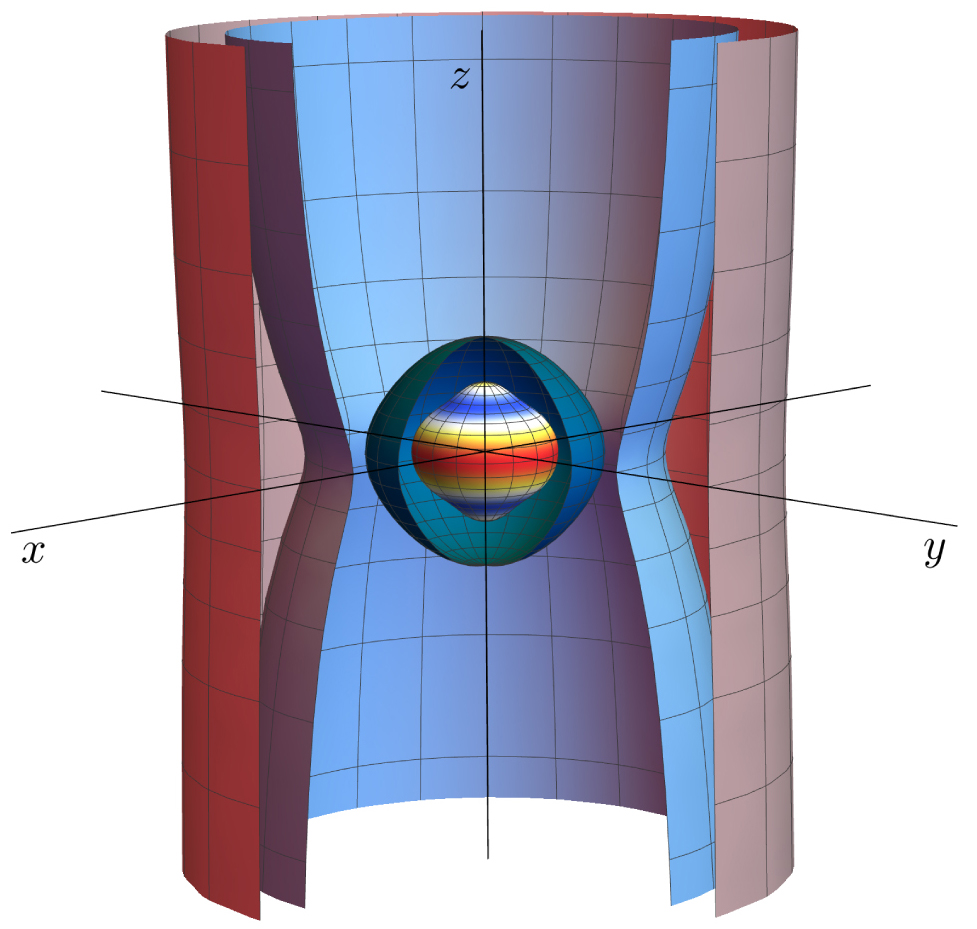In general, networks of high precision clocks and their comparison enable the very precise determination of the relative gravitational potential (and the relative velocity). In this project we investigate the capabilities of such networks of the new generation of optical clocks connected by optical fiber links for a variety of applications such as Earth gravity field determination, time comparison or synchronization, navigation and positioning, and also fundamental physics tests. Since clocks directly measure the gravitational potential this opens up a fundamentally new concept for physical geodesy, that is, for e.g. geoid determination and the realization of a new global dynamic reference system. For the latter we will also make use of clocks in space.
For the thorough theoretical description of clocks and networks of clocks, one has to take into account all special and general relativistic effects like gravitational redshift, Doppler effect, gravitational time delay, Sagnac effect, and even the Lense-Thirring effect for clocks (gravito-magnetic clock effect). In fact, these effects give the information about the clocks’ relative motion and the gravitational field at their location. Based on this we then can model mass and height variations affecting the clock measurement, e.g., related to solid Earth tides.
We split this task into three main steps and an add-on regarding tests of Special and General Relativity.
- Calculation of all (relativistic) effects within clock networks on Earth.
- Investigation of new and possibly more powerful and effective concepts for height determination over long distances or to remote areas (islands) based on networks of clocks on Earth (and possibly with the help of clocks in space).
- Development of fully relativistic notions for geodesy, e.g., a fully relativistic geoid based on clocks as well as on freely falling bodies (see figure 01).
- Geodetic modeling of time-dependent gravitational fields, i.e. modeling of all relevant mass variations (mainly tidal effects) arising during the measurement time and between the epochs.
- As an add-on we would like to analyze whether these high precision clocks in the gravitational field of the Earth can also be used for new high precision tests of Special and General Relativity.
This project will also prepare the theoretical foundations for the description of clocks with accuracies better than the present one and also serves as interface project between physics/General Relativity and geodesy.
Principal Investigators
Zentrum für angewandte Raumfahrttechnologie und Mikrogravitation
Zentrum für angewandte Raumfahrttechnologie und Mikrogravitation
Schneiderberg 50
30167 Hannover





